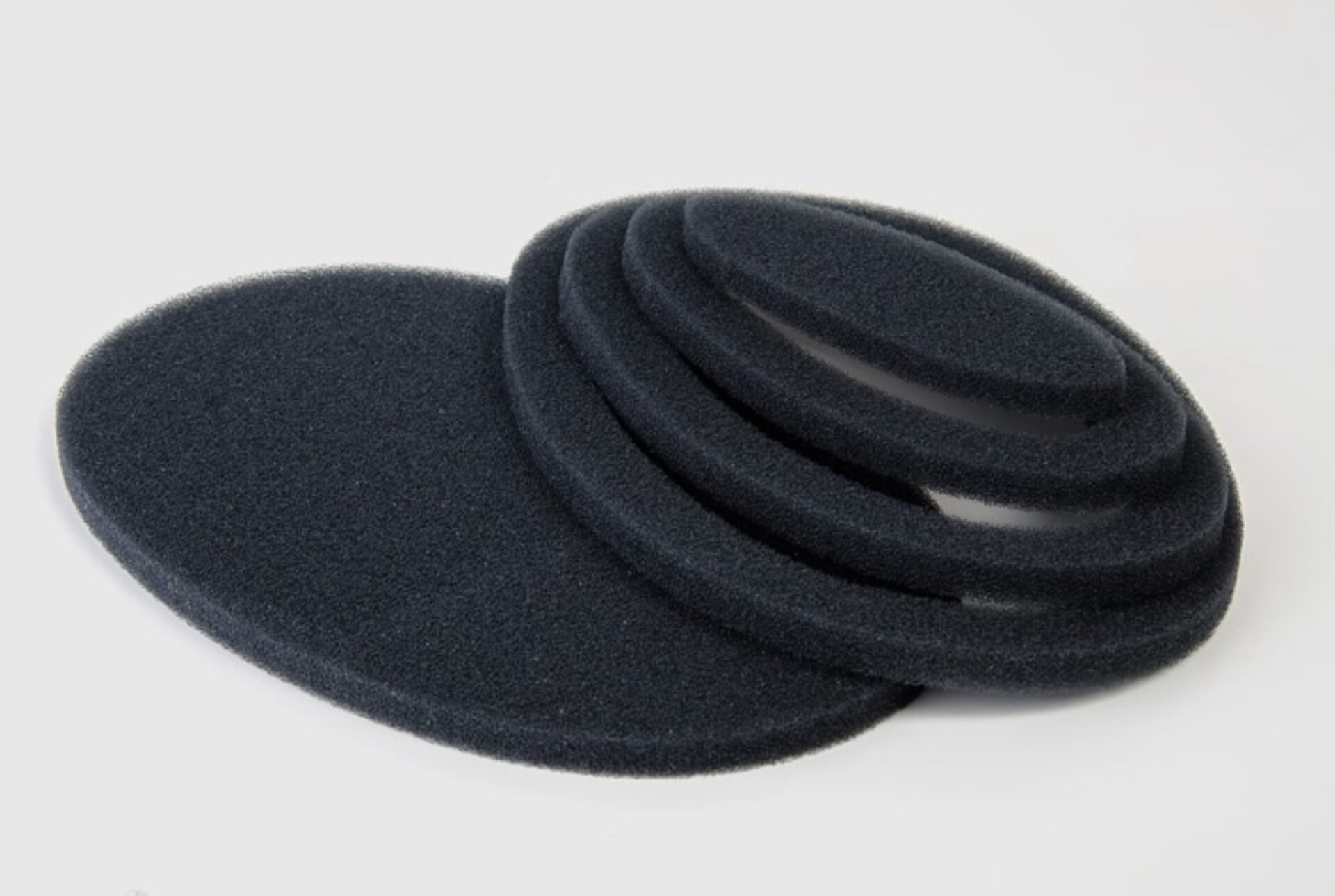
Wound and fracture care
PUR flexible foam materials are the preferred choice for wound and fracture care.
The objective of wound care is to prevent infection as well as accelerating and supporting the healing of the wound, so that the tissue closes up permanently. In fracture care, on the other hand, the idea is to restore the function of the broken limb, allow activities without pain, and avoid disability.
Wound compresses and fillers made of foam absorb fluids very well and allow them to evaporate at a controlled rate thanks to their open cellular structure. As a result, a physiologically moist environment is retained. They typically expand when absorbing liquids and swell against the surface of the wound. This creates close contact to the wound, optimally dissipating the exudate and promoting granulation. For fracture care, the excellent shock-absorbing properties of foam materials are especially useful for cushioning.
Bandage sets made of flexible foam for wound care
Bandage sets for temporary care of open wounds in the abdominal area.
Die-cut parts made of special PUR wound foam material. The very uniform, open cellular structure makes it suitable for vacuum wound therapy systems. The cut-outs make it easy to adapt the wound foam material to the size of the wound.
Die-cut at low cost under enhanced hygienic and documentation requirements.
Special types for use in the medical technology sector.
Wound fillers made of PUR foam for wound care
Wound filler material for treating poorly healing and infected wounds.
Die-cut parts made of wound foam material. The open-cell foam can be used to treat acute and chronic wounds. The wound filling material is available in various sizes. It can thus be used according to the wound and care situation to meet the patient’s needs.
Die-cut at low cost under enhanced hygienic and documentation requirements.
Special types for use in the medical technology sector.
Splints made of aluminium and foam for the ENT sector
Nose splints for externally splinting in ENT trauma surgery and outpatient treatment.
Combination of flexible, dimensionally stable aluminium on the front and padding made of PUR flexible foam and skin-friendly self-adhesive on the back. The aluminium allows the splint to be adjusted individually, while the foam protects the fracture against shock and impact.
Glued together with a strong bond, die-cut, and with self-adhesive.
All materials are tested for skin compatibility and for use in the medical field.

Jana Bastian
Sales
+49 (0)2645 9523-18
Send email

Richard Maier
Sales
+49 (0) 2645 9523-37
Send email

Arne Peuling
Sales
+49 (0) 2645 9523-43
Send email

Natalja Weigel
Sales
+49 (0) 2645 9523-28
Send email




